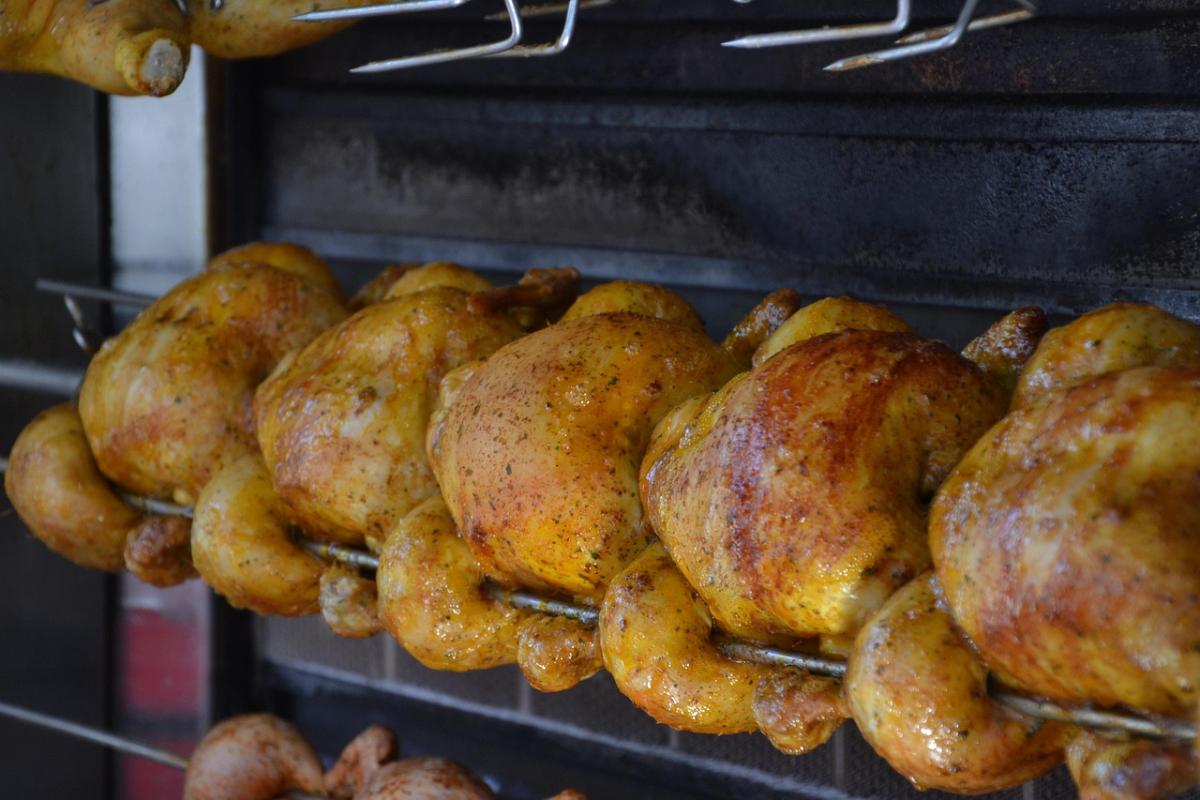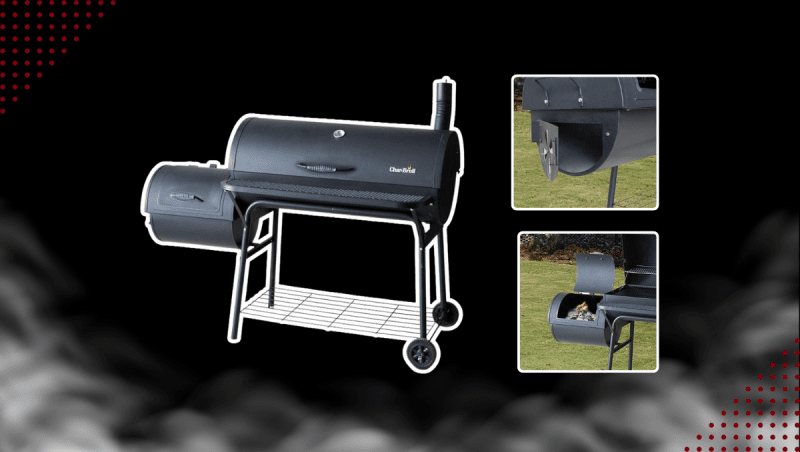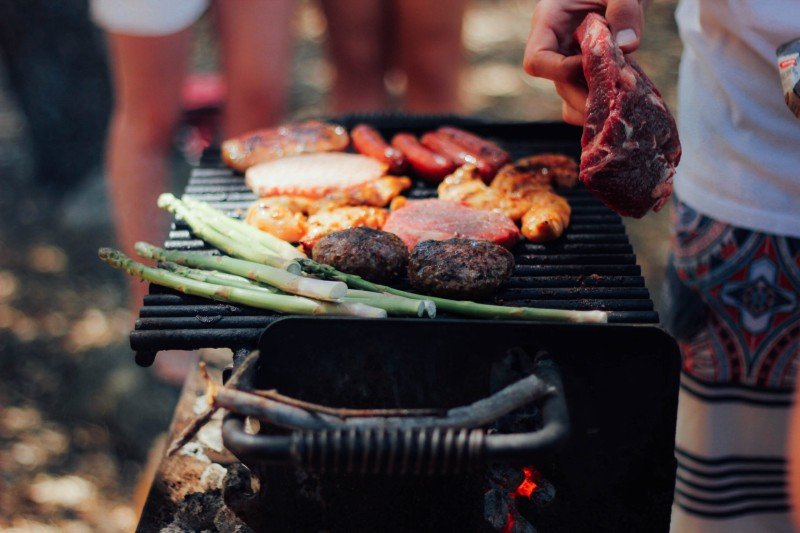Choosing the Perfect Natural Gas Grill for Turkey Cooking
When it comes to cooking turkey on a natural gas grill, having the right equipment is essential. A well-functioning grill not only ensures perfectly cooked turkey but also makes the entire cooking process much easier and more enjoyable. Here are some important factors to consider when choosing the perfect natural gas grill for your turkey cooking needs.
1. Size and Cooking Area
The size of the grill and its cooking area should be the first consideration. Make sure the grill is large enough to accommodate the size of turkey you plan to cook. A small grill might not provide enough space for the bird to cook evenly, resulting in inconsistent results. It's generally recommended to have at least 450-500 square inches of cooking area for a medium-sized turkey.
2. Heat Output
The heat output of the grill is crucial for turkey cooking. Look for a natural gas grill with powerful burners that can reach high temperatures quickly and maintain them consistently. This will help you achieve that beautiful golden-brown skin while ensuring the meat is cooked thoroughly and evenly.
3. Temperature Control and Thermometer
Having precise temperature control is a must for cooking turkey. Look for a grill that offers multiple burners, each with its own control knob, allowing you to create different heat zones. Additionally, a built-in thermometer will help you monitor the internal temperature of the turkey, ensuring it reaches the ideal level for safe consumption.
4. Durability and Construction
Investing in a durable grill is essential, as it will not only last longer but also provide better performance. Look for grills made from high-quality materials such as stainless steel, which ensure durability and resistance to rust and corrosion. A well-built grill will withstand the test of time and multiple cooking sessions, ensuring you can enjoy delicious turkey for years to come.
5. Additional Features
Consider any additional features that can enhance your turkey cooking experience. Some grills come with side burners, rotisserie kits, or built-in smoker boxes, which can add versatility to your cooking repertoire. These features can offer options for basting, smoking, or even slow-cooking the turkey, allowing you to experiment and bring unique flavors to your Thanksgiving or any turkey cooking occasion.
Choosing the perfect natural gas grill for turkey cooking requires careful consideration of these factors. Investing in a quality grill that suits your needs will not only ensure delicious results but also make your cooking process smoother and stress-free. With the right grill, you'll be able to impress your guests with perfectly cooked, flavorful turkey every time.
Preparing the Turkey: Tips and Tricks for a Flavorful Bird
Thanksgiving is just around the corner, and what better way to celebrate than by cooking a delicious turkey on your natural gas grill? Whether you’re a seasoned pro or a first-time griller, these tips and tricks will ensure that you achieve a flavorful and juicy bird that will have your guests coming back for seconds.
Choosing the Perfect Turkey
When it comes to cooking turkey, the first step is to select the perfect bird. Look for a turkey that is fresh, free-range, and preferably organic. These turkeys tend to have better flavor and texture compared to mass-produced ones. Aim for a turkey that’s about 12-14 pounds; this size is easier to handle and will cook more evenly on the grill.
Thawing the Turkey
Properly thawing the turkey is crucial to ensure even cooking. Allow enough time for the turkey to thaw in the refrigerator, following the guidelines provided by the USDA. As a general rule of thumb, you’ll need to allot 24 hours of thawing time for every 4-5 pounds of turkey. Make sure to remove the turkey from its packaging and place it on a tray to catch any drips.
Brining for Extra Flavor
Brining helps to tenderize the meat and infuse it with flavor, making it a valuable step in the turkey preparation process. Create a brine solution by dissolving salt, sugar, and any desired herbs or spices in water. Immerse the turkey in the brine, making sure it is fully submerged. Allow the turkey to brine in the refrigerator for at least 12 hours, or up to 24 hours for a more pronounced flavor.
Seasoning the Turkey
Before grilling, make sure to season the turkey to enhance its flavor. Use a combination of herbs like thyme, rosemary, sage, and parsley. You can also add garlic, onion, or lemon slices to add extra zest. Rub the mixture all over the turkey, including the cavity, ensuring that the seasoning penetrates the meat.
Preheating the Grill
Preheating the natural gas grill is essential for achieving consistent and even cooking. Set the grill to medium-high heat and allow it to preheat for approximately 15 minutes. This will ensure that the turkey cooks evenly and seals in the juices, resulting in a moist and succulent bird.
Grilling the Turkey
Place the turkey on the grill, breast-side up, and close the lid. Cook the turkey over indirect heat, maintaining a steady temperature between 325°F and 350°F. Keep the grill lid closed as much as possible to retain heat and smoke. Use a meat thermometer inserted into the thickest part of the thigh without touching the bone to monitor the internal temperature. The turkey is ready once the thermometer reaches 165°F.
Resting and Carving
Once the turkey is cooked, remove it from the grill and let it rest for about 20 minutes before carving. This allows the juices to redistribute throughout the meat, resulting in a more succulent bird. Use a sharp carving knife to carve the turkey, starting with the breast and then moving on to the legs and wings.
With these tips and tricks, you’re well on your way to cooking a perfect turkey on your natural gas grill. So gather your ingredients, fire up the grill, and impress your friends and family with a flavorful and moist turkey that will be the highlight of your Thanksgiving feast.
Cooking the Turkey on a Natural Gas Grill: Step-by-Step Instructions for Success
Thanksgiving is just around the corner, and what better way to celebrate than by cooking a delicious turkey on your natural gas grill? Grilling your turkey gives it a unique, smoky flavor that can't be beat. In this guide, we'll walk you through the step-by-step instructions to ensure your turkey turns out moist, flavorful, and perfectly cooked.
Step 1: Preparing the Turkey
Before you begin, make sure your turkey is completely thawed. A frozen turkey will not cook evenly on the grill. Remove the neck and giblets from the turkey's cavity, and pat it dry with paper towels.
Next, season your turkey with your favorite dry rub or marinade. You can keep it simple with just salt, pepper, and garlic powder, or get creative with a blend of herbs and spices.
Step 2: Preparing the Grill
Preheat your natural gas grill to medium-high heat. If you have a three-burner grill, light the outer burners and leave the center burner off. This will create indirect heat, which is ideal for cooking a large turkey.
Place a disposable aluminum drip pan in the center of the grill, right over the turned-off burner. Fill the drip pan with a cup or two of water or chicken broth. This will help keep the turkey moist and catch any drippings.
Step 3: Cooking the Turkey
Now it's time to cook the turkey. Place the turkey directly on the grill grates, breast-side up, over the drip pan. Close the grill lid and let the turkey cook undisturbed for about 11 to 13 minutes per pound.
It's important to maintain a consistent grill temperature throughout the cooking process. Adjust the gas knobs as needed to maintain a steady temperature of 325°F to 350°F (163°C to 177°C).
Every hour, check the turkey's internal temperature using a meat thermometer. The turkey is fully cooked when the thickest part of the thigh reaches an internal temperature of 165°F (74°C).
If the turkey starts to brown too quickly, you can cover it loosely with aluminum foil to prevent it from burning.
Step 4: Resting and Carving the Turkey
Once the turkey reaches the desired temperature, carefully remove it from the grill using heavy-duty oven mitts or gloves. Transfer the turkey to a cutting board and cover it loosely with aluminum foil.
Allow the turkey to rest for at least 15 to 30 minutes before carving. This resting period allows the juices to redistribute, resulting in a moist and flavorful turkey.
When you're ready to carve, start by removing the legs and thighs, followed by the breast meat. Slice the meat into thin, even slices and serve it with your favorite sides and gravy.
There you have it – a perfectly grilled turkey cooked on a natural gas grill. This Thanksgiving, impress your guests with a mouthwatering turkey that's packed with smoky flavor. Happy grilling!



